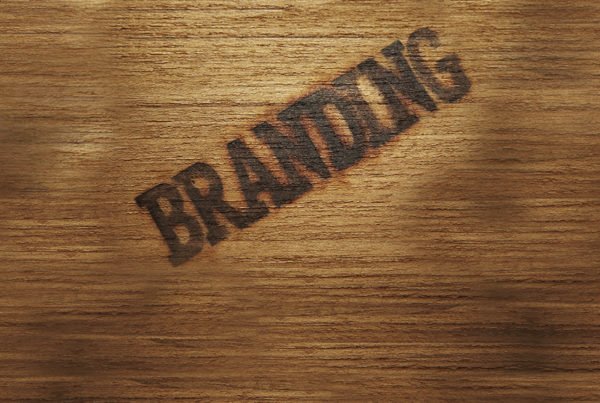We are currently living in an age where websites are no longer simple pages of information and user interactivity can have a big impact on functionality. With designs becoming more extravagant and technological, it is all too easy to try and keep up with the latest trends. So with all this temptation, is there a danger we are starting to lose touch with the real importance of a website: the consumer’s needs?
It is a given that a visually appealing website will attract more customers than what could be referred to as a blank canvas with text thrown on it. However, if you have a website which is inundated with all the latest bells and whistles, there is the potential risk your audience could struggle to use it and turn their noses up, moving on to a simple and easy-to-use website. Your website should be designed so that it will attract and entice customers to stay and explore further, engaging them by being able to easily access the content of your site. The more relevant the content the longer they will stay.
It is all about speed; a user wants information and they want it fast. They do not want to be confronted with full-page advertisements and loading bars due to crammed and unnecessary visuals, ultimately delaying them access to the site. Having a complex website is like telling an intricate story, with all the additional and unnecessary details, distracting a reader’s attention from the true importance of the plot. If you decide to pack as many visuals into a page as possible, then are you simply trying to direct the user’s attention away from your content?
There a numerous reasons potential customers may turn away from delving any further than a website’s homepage (which we will explore in future blogs). However, clever features can simply aggravate customers, possibly delaying them quick access to something they believe they should be able to attain instantly. This is especially true in an age where as many people are viewing websites on their smartphone and tablet on a desktop computer. Auto play videos are notoriously renowned as a top aggravation, startling users who are not prepared for the arrival of the sudden eruption of noise booming from their device. This rapidly draws a customer’s attention, and mouse, to the back button fearing to return any time soon.
How to avoid all this? Keep it simple and remember the basics. Clear and concise navigation and headers are a great way to quickly steer the user in the right direction. Spend time considering the structure of your website from the consumers perspective. It is widely believed a user should be able to reach any part of a website in three clicks; any more than this and there is a high risk of losing the user’s interest. Similarly, if the user is unable to locate their way through with great ease, they will head to the back button quicker than the final pop up can take to load.
It is all too tempting with innovative technologies and template websites so readily available to simply implement nonessential features in attempt to try and boost a website’s interest. But we should always remind ourselves why the user is there in the first place. If a feature is not adding to a website’s aesthetics or delivering information any quicker to the user then chances are it is not needed, no matter how visually appealing it may seem.




